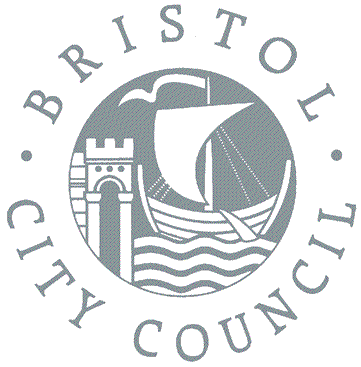St James’ Priory, Part 3

Interior of St James’ Priory, looking east
Archaeological monitoring of a major renovation programme at the St James’ Priory, Bristol has revealed evidence of activity from the medieval period onwards.
The Benedictine Priory of St James is the earliest surviving church in Bristol. It was probably established in about 1129 on undeveloped site outside the rapidly growing medieval town. The priory was established as a cell of the Benedictine monastery in Tewkesbury and obtained its income from taxes on goods shipped through Bristol, a fair, and commercial developments such as the planned 12th-century suburb of Broadmead. Priory buildings included the church itself, cloisters to the north—now the site of Bristol Bus Station, and a lady chapel. The monastic burial ground has been identified to the east of the church, whilst an extensive lay cemetery originally extended as far as Horsefair to the south. Later medieval developments medieval developments include a belfry tower that was built in about 1374. Although much of the priory has been destroyed by later developments, the western end of the 12th century church and the 14th century belfry survive with most of their original architectural features.
Following the Dissolution of the monastery in 1540, the east end of the church was demolished, whilst the conventual buildings were converted into a large mansion house owned by Henry Brayne. The surviving west end of the church continued in use as the parish church. An expanding congregation lead to the south aisle being extended in 1698. The north aisle was similarly extended in 1864.

West face of St James’ Priory
Shallow excavations within the church and in the churchyard immediately to the south have revealed that both areas contain densely packed brick-lined burial vaults that range from late 16th to early 19th century in date. During the course of the restoration work it was necessary to replace parts of the stone slabs covering some of these vaults. This revealed that they contained in-situ human remains, many of which were buried in lead-lined coffins. Interestingly, a short length of trench dug to the south of the church revealed that intact burial vaults also exist beneath the pedestrian footway in St James’ Parade. Inscriptions with biographic details were also recorded on several stone ledgers uncovered during this work.
Finds include fragments of architectural stone from the priory, medieval ceramic floor tiles and 19th century clay tobacco pipe fragments.
Related Articles
- Categories
- Events
Excavations
Finds
Survey
BaRAS is registered as an organisation with the Chartered Institute for Archaeologists
All material © copyright BaRAS 2004 – 2016




